Enver Simsek’s life story was one familiar to many migrants. He moved from Turkey to a small town in Germany, then worked hard in a factory during the week and as a cleaner at weekends before starting his own business as a florist. By the turn of this century, he employed almost a dozen people selling his blooms from stalls and stands across Bavaria. So in the summer of 2000, he took his wife and two teenage children back to his native land for a break. Soon after returning, the thirty-eight-year-old was shot eight times in the head and shoulder, left dying in a pool of blood amid the bouquets of baby’s breath, daisies and roses in his van parked in Nuremberg.
As Simsek’s life ebbed away in hospital, his distraught family faced a barrage of questions from police. They asked his wife about any marriage problems, his teenage children whether he carried a gun or had enemies. Officers ransacked their home for evidence and searched his stalls with sniffer dogs, suspicions aroused by his weekly trips to Amsterdam’s famous flower auctions. Soon the media began running stories that the murdered man had been trading drugs and was killed by the Turkish mafia. As the months dragged on, the police doubled down on their theories, despite the lack of evidence. They bugged vehicles, asked about religious practices, and even lied to Simsek’s bereaved wife about a mythical blonde mistress.
The detectives had jumped to false conclusions based on the family’s race. So they brushed aside the witness who told them he had seen two men on bicycles near the van. But these were the murderers — a pair of neo-Nazi skinheads who had become friends in their East German home town before fleeing underground with a girlfriend after a bungled bombing. Styling themselves the National Socialist Underground, they then embarked on a series of attacks targeting Germany’s immigrant population, funded by bank robberies. The American journalist Jacob Kushner believes that his tawdry saga, White Terror: A True Story of Murder, Bombings and Germany’s Far Right, serves as a warning about the dangers of far-right extremists amid whipped-up fears over immigration.
He details how German police pursued the same tactics, and made the same mistakes and assumptions, when the same distinctive model of Czech-made gun was used to kill another Turkish migrant in Nuremberg the following year. Two weeks later it was used again in a similar killing; then two months later to murder a Turkish shopkeeper just 300 feet from a police station. Bystanders told officers they had noticed a pair of short-haired men in their twenties fleeing the scene on bicycles — but the mysterious cyclists were seen not as suspects but as potential witnesses. “Let’s not pretend there isn’t a Turkish mafia,” said one investigator later.
Another family was destroyed. Yet even the latest victim’s widow — who moved to Bavaria as a child and worked in a shop selling traditional clothing such as dirndls and seppelhosen — had no suspicion that her husband might have been killed by white Germans. She ended up worrying about the possibility of hidden family links to crooks when colleagues showed her newspaper clippings reflecting the police belief that drugs or gangs lay behind the death. So the bombings, the shootings and bank robberies continued until the two fascists, cornered in 2011 after their fifteenth heist, set their getaway camper van on fire and killed themselves.
Uwe Böhnhardt and Uwe Mundlos had killed ten other people, including a woman police officer, in their attacks and had stolen almost $1 million in bank raids. One of their explosive devices burned the daughter of a shopkeeper, while a nail bombing in a Turkish area of Cologne injured twenty-two people. A few days after their deaths, DVDs arrived at news outlets and Muslim community centers with clips of the Pink Panther cartoon cut into an image of a corpse, a map of their killings and claims they were protecting “the fatherland.” It was sent by Böhnhardt’s girlfriend Beate Zschäpe before she handed herself in to police — and finally the authorities joined the dots between the attacks, the trio and their own blinkered attitudes.
Kushner skillfully recounts how three German teenagers slid into the sordid world of the far right in a nation that had sought to atone for the horrors of the Nazis, starting with the hanging of a mannequin wearing a yellow Star of David over a bridge in their home town of Jena and culminating in their killing spree. He dissects the disturbing investigatory failures with fabricated police claims of crime syndicates, financial support handed by intelligence agencies to dubious neo-Nazi informants, and fears of official cover-up. “Blinded by their own prejudice, they couldn’t bring themselves to believe that sixty years after the Holocaust, some white Germans could still be radicalized to the point of carrying out racist mass murder,” he writes.
When the FBI was asked by the Munich police to assess the evidence in 2007, they concluded that the offender had a “deep-rooted animosity towards people of Turkish origin” and cast doubt on claims the killings might revolve around drug money by pointing out nothing had been stolen from the crime scenes. The US, of course, has its own history of white supremacist terrorism, although the author’s attempt to use this story as a warning for his own nation feels slightly spurious. But Kushner is right to point out the dangers of hard-right populism inflaming fury against migrants and sparking violence — not least in Germany, when one key figure in the Alternative für Deutschland Party has called the Holocaust memorial in Berlin a “monument of shame” and is on trial over charges of using a Nazi slogan.
Angela Merkel publicly apologized to the bereaved families during her long stint as chancellor. “Few in this country thought it was possible that right-wing extremist terrorists could be behind the murders,” she said in 2012, requesting forgiveness from families “themselves under suspicion for years.” Afterwards, Semiya Simsek spoke movingly about that last summer holiday in Turkey as a fourteen-year-old girl with her father and how it felt to see her grieving mother treated as a suspect. “Let us not close our eyes,” she concluded. “We must prevent this from happening again.”
This article was originally published in The Spectator’s UK magazine. Subscribe to the World edition here.



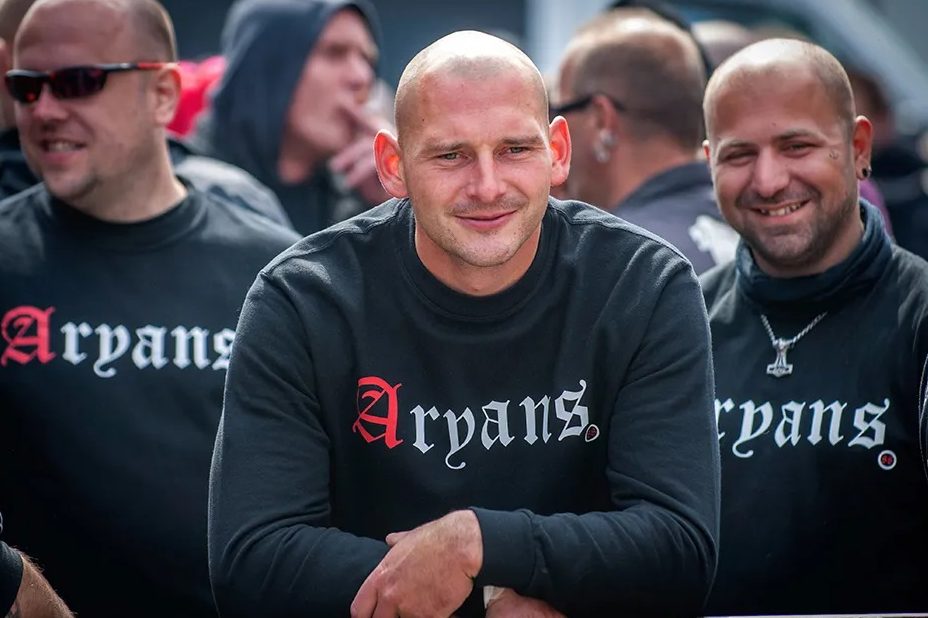








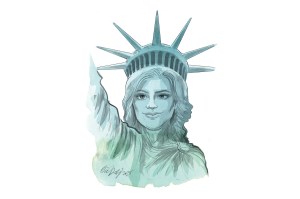
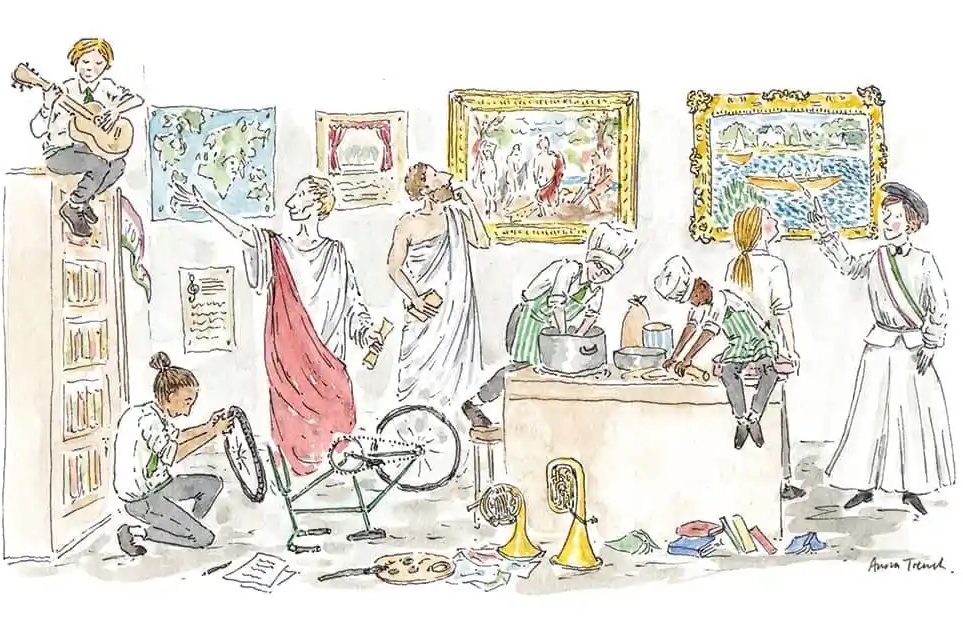
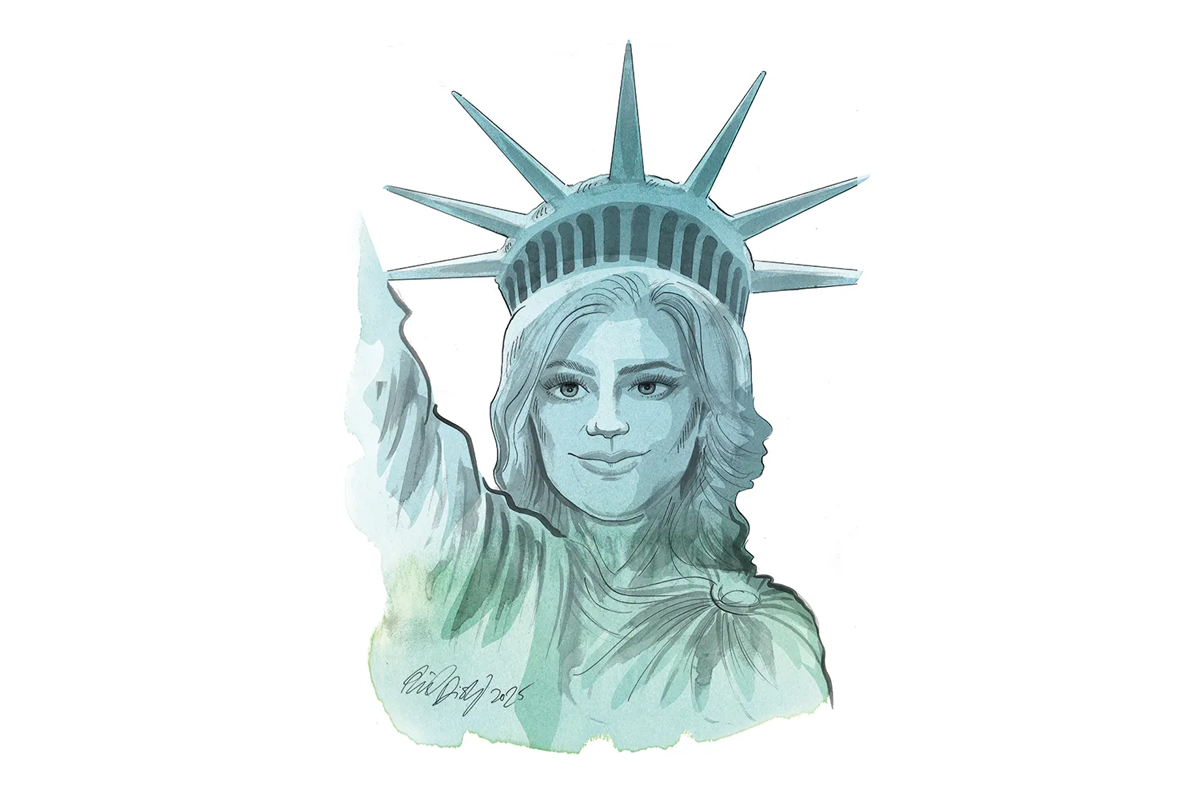
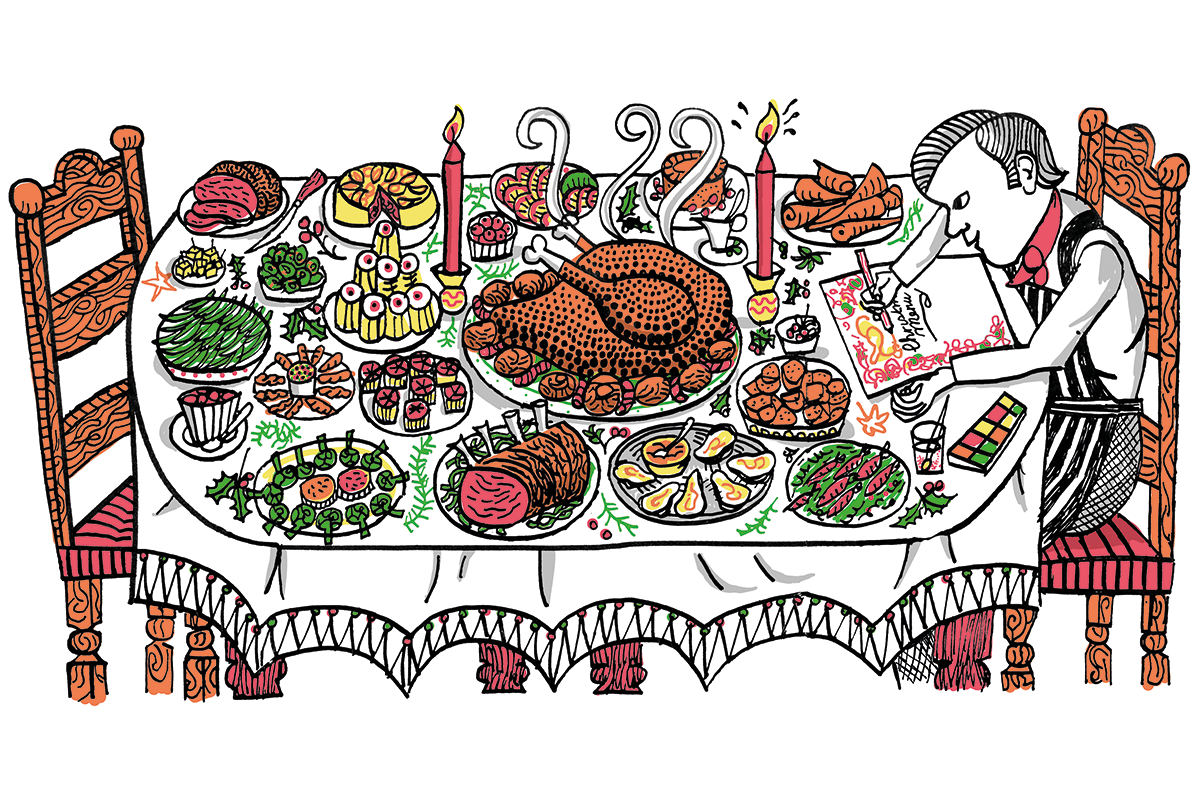

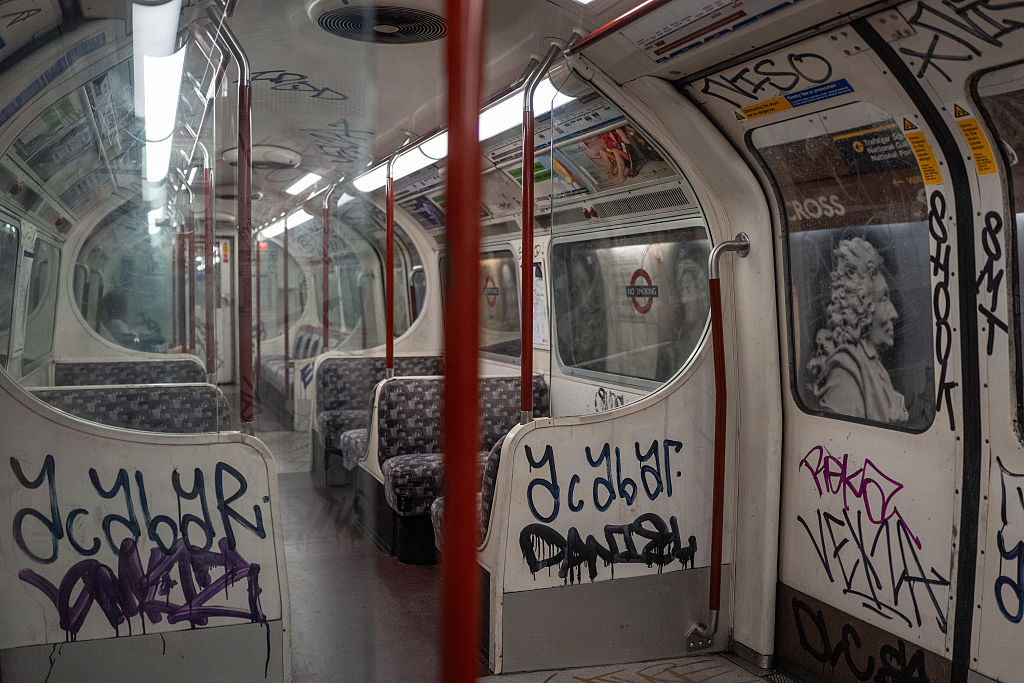
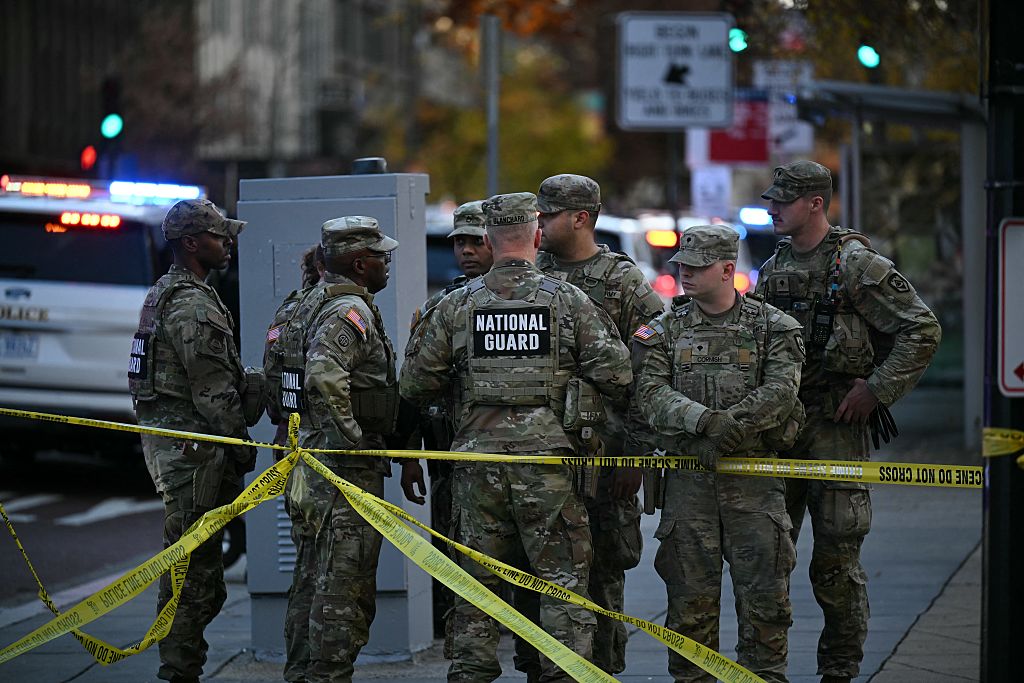







Leave a Reply